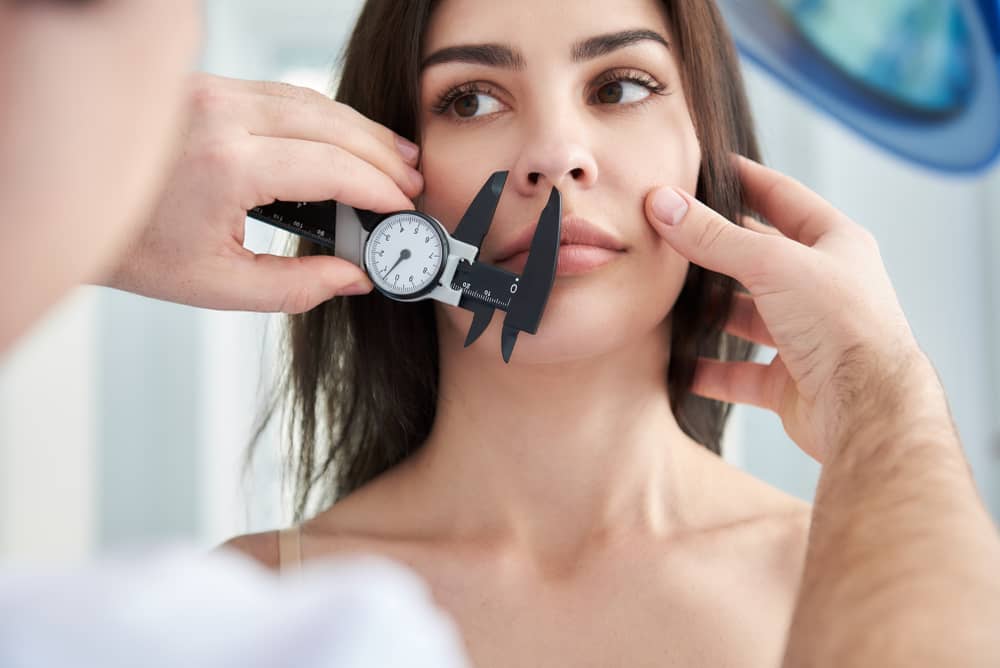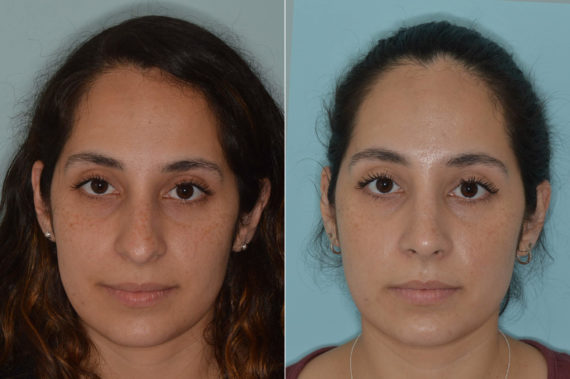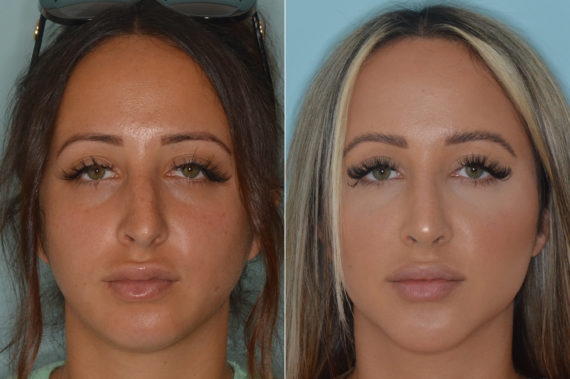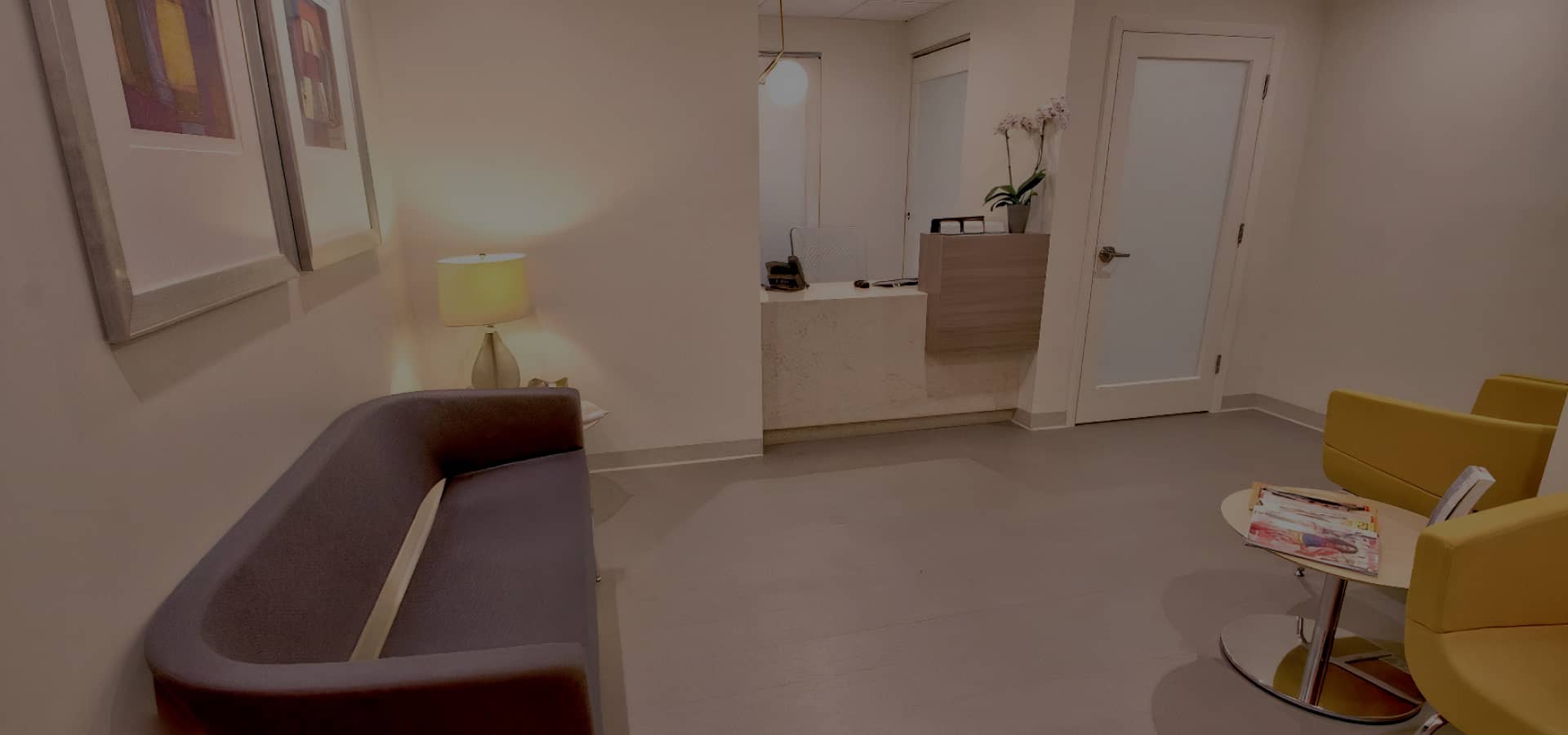If you’ve been researching rhinoplasty Miami surgery for some time now, then you might think you’re finally ready to make the leap and schedule the surgery. But you may still have several questions about the procedure and whether or not it’s right for you.
While the internet can be a useful tool for initial research, it’s important to schedule a consultation with a board-certified facial plastic surgeon as you start to consider rhinoplasty more seriously. A rhinoplasty consultation can help you determine if the surgery is right for you and provide insight into what to expect during the procedure and recovery.
Step-by-Step Guide to Rhinoplasty Consultation
Step 1: Understanding Your Goals and Concerns
Begin with a discussion about your aesthetic goals and any functional issues you might have. This is crucial to ensure that the procedure aligns with your expectations.
Step 2: Medical History Review
A thorough review of your medical history, including any previous surgeries, allergies, and current medications, is essential. This step is vital for assessing suitability for surgery and minimizing risks.
Step 3: Physical Examination and Analysis
An examination of your nose and facial structure will be conducted. This helps in understanding the unique aspects of your nasal anatomy and planning the surgery accordingly.
Step 4: Photographic Documentation
High-quality photographs from various angles will be taken. These images are crucial for pre-surgical planning and can be used for computer imaging to show potential outcomes.
Step 5: Discussing Surgical Options
Various surgical techniques and their implications will be discussed. This includes explaining the difference between open and closed rhinoplasty and which approach might be best for you.
Step 6: Risk and Recovery Information
Detailed information about the potential risks, recovery process, and what to expect post-surgery will be provided. Understanding these aspects is key to making an informed decision.
Step 7: Customized Surgical Plan
Based on the consultation, a personalized surgical plan will be developed. This plan will address your specific needs and goals, ensuring a tailored approach to your rhinoplasty.
Step 8: Addressing Queries and Concerns
The consultation is an open forum for you to ask questions and express any concerns. Clear communication is essential for a successful outcome and patient satisfaction.
Why Choose Dr. Anthony Bared
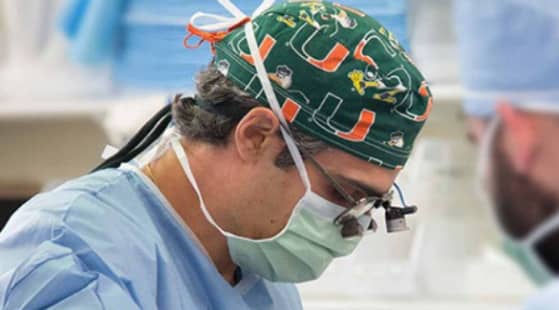
- Dr. Bared’s training was first in Otolaryngology at the University of Miami, followed by the awarding of a highly competitive fellowship by the American Academy of Facial Plastic and Reconstructive Surgery at the University of Illinois-Chicago.
- He is Double Board Certified by the American Board of Facial Plastic and Reconstructive Surgery and the American Board of Otolaryngology.
- Dr. Bared has numerous publications and has lectured at various nationwide scientific meetings.
- He also serves as a clinical voluntary Assistant Professor at the Florida International University, Herbert Wertheim College of Medicine.
Educating Patients and Managing Expectations
Realistic Expectations
Clearly communicate what rhinoplasty can and cannot achieve. Emphasize the importance of realistic expectations regarding both aesthetic outcomes and functional improvements.
Procedure Details
Provide a concise overview of the rhinoplasty procedure. Include information on surgical techniques, anesthesia used, and the duration of the surgery.
Potential Risks and Complications
Discuss the potential risks and complications associated with rhinoplasty. Transparency about possible issues like swelling, bruising, or more rare complications is crucial.
Recovery Process
Outline the typical recovery timeline, including immediate post-operative care, downtime, and the gradual return to normal activities. Offer guidance on managing discomfort and caring for the surgical site.
Long-Term Outcomes
Explain the longevity of rhinoplasty results and any factors that might influence changes over time. Discuss the possibility of future revisions if necessary.
Customized Approach
Highlight how each rhinoplasty is tailored to the individual’s unique facial structure and personal goals, reinforcing the personalized nature of the procedure.
What to Expect During a Rhinoplasty Consultation
One way to think of this cosmetic surgery consultation is as a “meet and greet” between you and a facial plastic surgeon. It’s an opportunity for you to ask the surgeon questions and for them to review your medical history and examine your nose and facial features. You might want to schedule several consultations with different surgeons to get an idea of what’s out there and to improve your odds of working with a surgeon you get along with.
During a consultation, the surgeon will typically ask a series of questions. They will most likely ask you about your aesthetic goals and reasons for wanting surgery as well as what your expectations are for rhinoplasty.
The surgeon will also ask you about your medical history, including any previous surgeries, current medication, and any medical conditions you have, particularly chronic conditions. They’ll also conduct a physical exam during the consultation and will likely take photos of your nose. This for determine if you will need a functional rhinoplasty or only a cosmetic procedure.
Finally, the surgeon should explain different rhinoplasty techniques to you and describe which one they think is the most appropriate. They’ll also give you a list of instructions and let you know what you can do to prepare for the surgery and recovery process.
You can also use the consultation as an opportunity to learn more about the cost of rhinoplasty and your financing options.
Questions to Ask During Your Nose Job Consultation
Your Miami rhinoplasty consultation is the perfect time to play “20 questions” (or even more) with your surgeon. Write your questions down before the appointment so you don’t forget to ask them! Here is a list of questions you should ask during the consultation include:
- Are you board-certified?
- How long have you been in practice and how many rhinoplasties have you performed?
- How many (or what percentage) of your previous patients are happy with their surgical results?
- What are my anesthesia options during the surgical procedure?
- What are the expected outcomes for rhinoplasty?
- What do I need to do before the surgery, to prepare?
- What do I need to do after surgery?
- How long will it take before my results are visible?
- What are the risk factors of rhinoplasty and how likely is complication to occur?
- What do you do to minimize risks or potential complications?
- What happens if I don’t like my rhinoplasty results?
- How do you decide what techniques to use for each patient?
- What are my options for paying for the surgery?

How Does Bruising After Rhinoplasty Affect the Consultation Process?
Managing post-rhinoplasty bruising is crucial for a seamless consultation process. The visibility of bruises can potentially hinder accurate assessments. Surgeons must address this concern by providing thorough advice on techniques to minimize bruising, like applying cold packs and avoiding blood-thinning medications. Effective management ensures a clearer evaluation of the nose, leading to better consultation outcomes.
Is Nose Tip Surgery Included in a Rhinoplasty Procedure?
When considering a rhinoplasty procedure, it is essential to understand if miami’s nose tip surgery information is included. Rhinoplasty typically involves reshaping the entire nose, including the tip, to achieve the desired aesthetic or functional results. Surgeons who specialize in rhinoplasty can provide comprehensive information on the procedure, including specifics about nose tip surgery and its inclusion in the overall treatment plan.
Taking Photos During the Nose Surgery Consultation
Many candidates for rhinoplasty think that their nose is too large for their face or is otherwise “wrong,” thanks to selfie photos taken with a front-facing camera. Although you’re welcome to bring photos to your consultation with Dr. Bared, keep in mind that any selfies you take aren’t going to provide an accurate picture of your nose.
Proper photography and lighting are essential in the appropriate evaluation of a prospective rhinoplasty patient. Macro lenses, which limit the diffraction of light, produce the most clarity and should be used to take photos of your nose during a facial plastic surgery consultation.
Photos Taken from a Rhinoplasty Surgeon
The surgeon should take a photo of your nose from several angles, including a front view, profile view, base view, and three-quarter view. When taking a front-view photo, your head should be parallel to the ground. The photo should be taken at eye level and only the top of the head to the neck should be visible in the image.
Three-quarter and profile views can show the surgeon any asymmetries in the nose. The head needs to be level and parallel to the ground in these pictures to minimize distortions. The base view photo provides the surgeon with a view of the nasal tip and the nostrils, allowing them to detect any asymmetries or deviations.
The right lighting is also essential. Ideal lighting minimizes shadows on the side of the nose, which can distort its appearance. To get a rhinoplasty photo with the best light, the surgeon will most likely use a double light source, with each light placed at 45-degree angles to your face.
During rhinoplasty consultations, Dr. Anthony Bared conducts all his own photography to ensure that it is properly performed. He analyzes the photos to supplement his physical examination of the nose and develop a surgical plan.
Computer Imaging for Rhinoplasty
A surgeon might use computer imaging during your consultation to give you a general idea of what you can expect your surgical results to look like based on your facial structure. Dr. Bared uses computer imaging with his patients because he finds it helpful to show patients what their noses could look like, rather than simply showing them before and after photos of other patients. With a computer image, you get a 3-D snapshot of your nose.
You can also use computer imaging to better describe what you want your nose to look like. The surgeon can show you different options with the computer program to see if they align with what you want.
One thing to keep in mind, though, is that what your nose looks like on a computer imaging program isn’t necessarily a guarantee of your eventual results. Instead, you can think of it as an estimate of how your nose is likely to look after the rhinoplasty surgery Miami.
Another thing to remember is that computer imaging can also show you that rhinoplasty isn’t right for you. You might discover that none of the noses the surgeon creates using the imaging program are what you want.
Rhinoplasty Techniques and Surgical Plan
A facial plastic surgeon may use several surgical techniques during rhinoplasty. The methods they decide to use will depend on your goals and your nasal anatomy.
A review and discussion of different surgical techniques should be part of the consultation process. After discussing your goals, examining your nose, and using computer imaging, the plastic surgeon will let you know which technique they think is most appropriate for you.
The surgeon will also review a rough surgical plan with you, giving you a basic idea of what to expect on the day of your surgery. They’ll let you know how long you can expect the rhinoplasty procedure to take and the type of anesthesia they would use. As well as how long will be the recovery time and what to expect during the healing process.
Schedule Your Rhinoplasty Consultation
If you are looking for the best rhinoplasty surgeon in Florida, Dr. Anthony Bared is a double board-certified facial plastic surgeon who specializes in rhinoplasty and revision rhinoplasty. He offers patients both in-person (in Miami, FL) and virtual rhinoplasty consultations. To schedule your consultation, call 305-666-1774.
Want to know more about Rhinoplasty?
